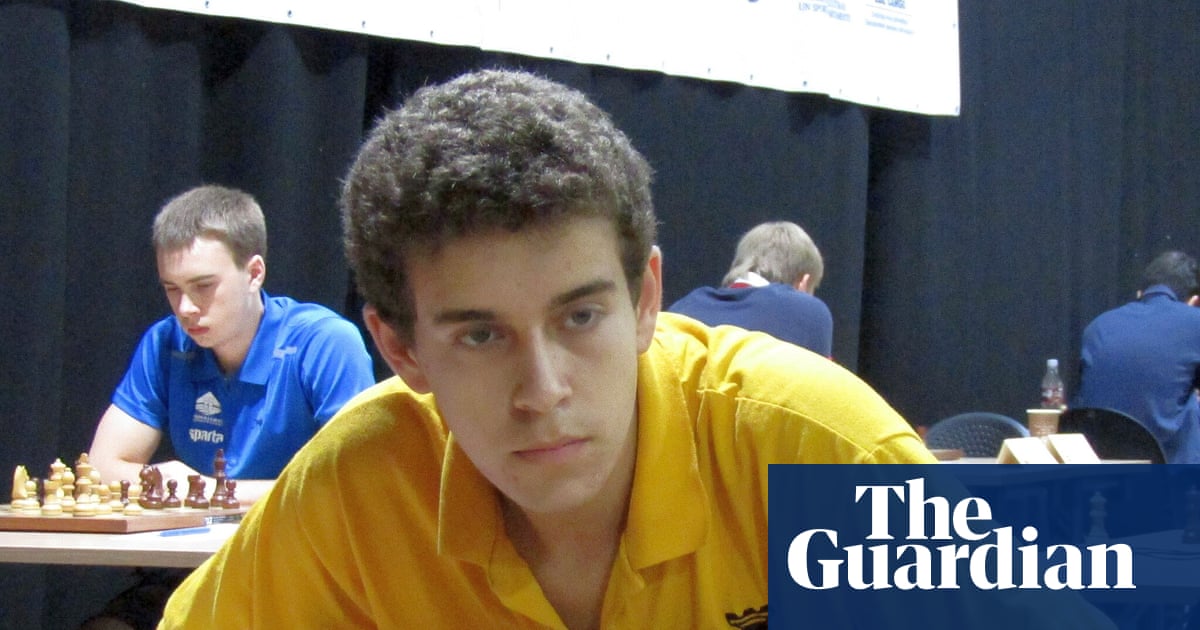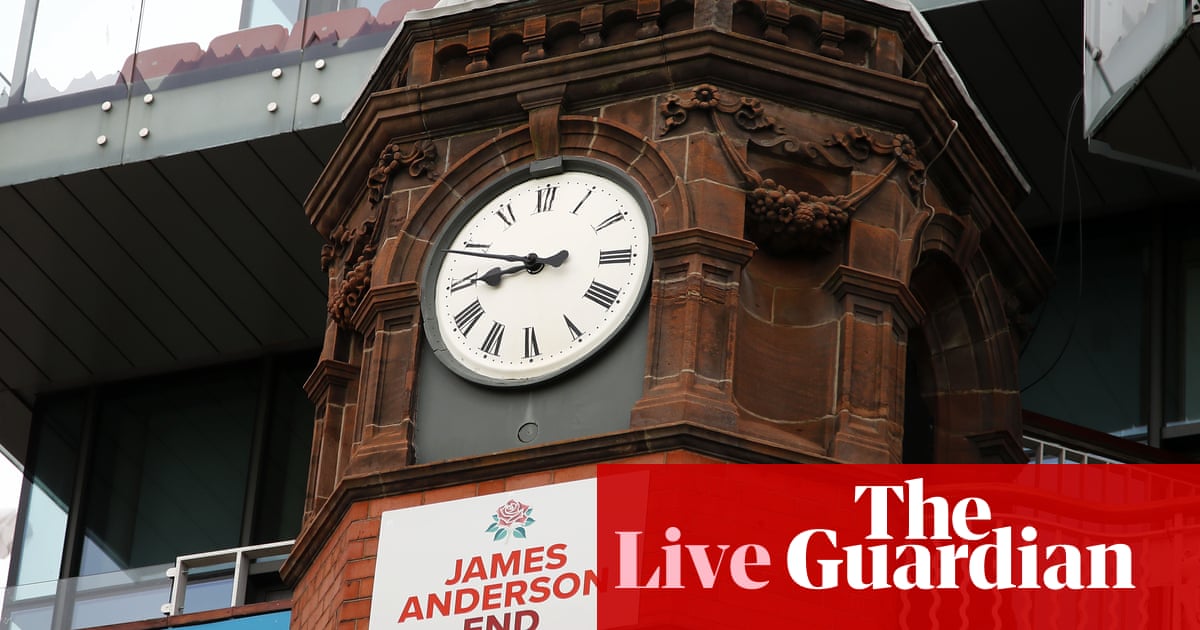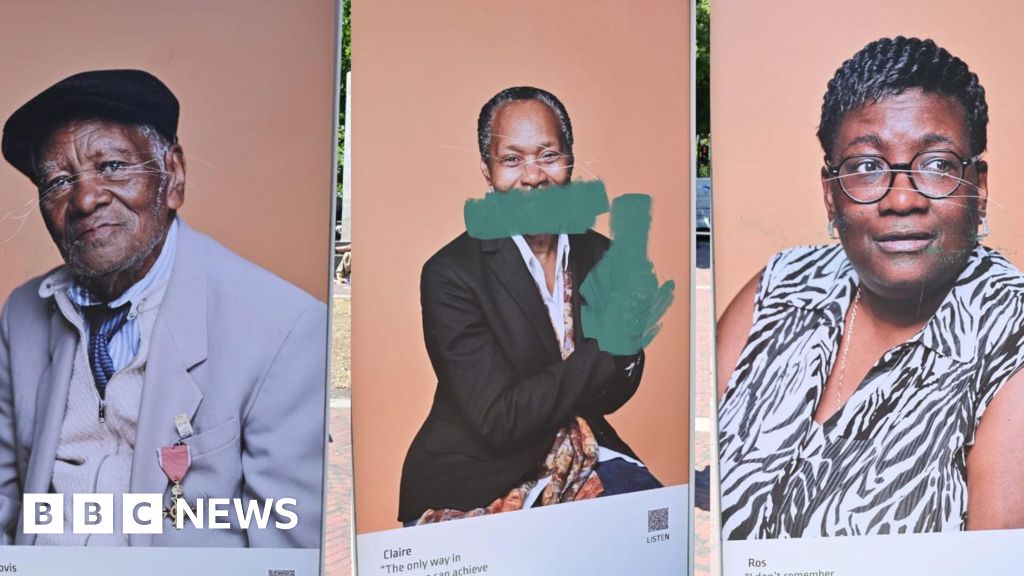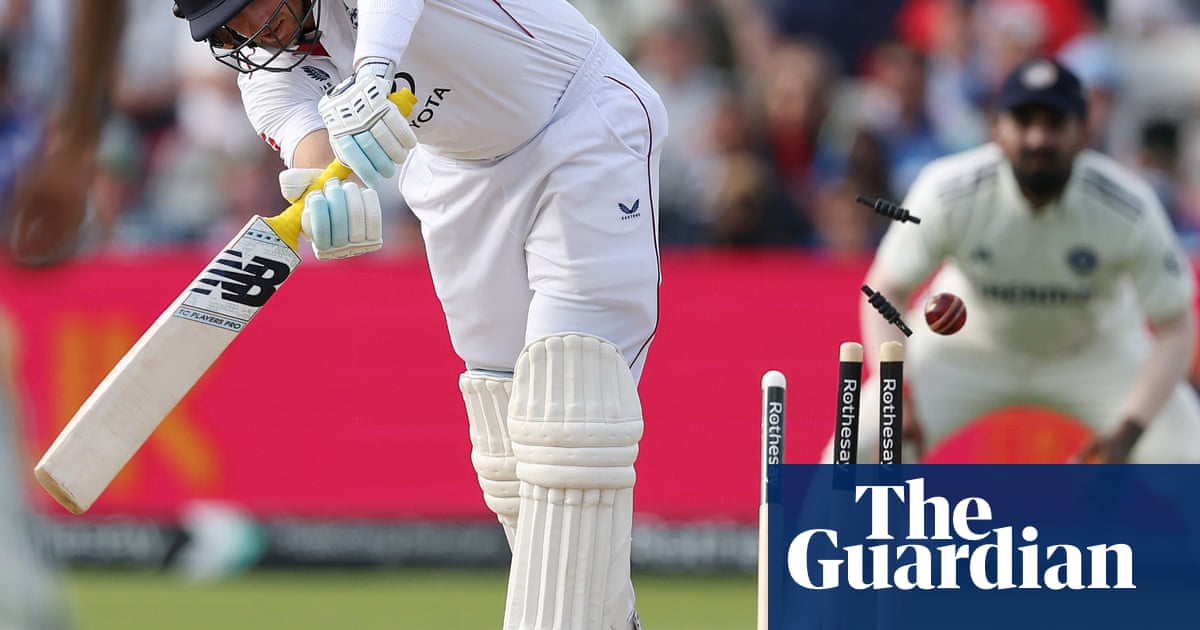Calandagan’s impressive defeat of Ombudsman in the Champion Stakes at Ascot may well turn out to have been the best race anywhere on the planet this year when the final ratings are totted up in January, but it was not the reason why Champions Day made a brief but welcome appearance on the BBC’s main evening news bulletin on Saturday evening.
Instead, it was the 200-1 success of Powerful Glory in the Champions Sprint earlier on the card which caught the sports editor’s eye, and understandably so. In the same way that, even now, Leicester’s Premier League title success in 2015-16 is rarely mentioned without reference to the 5,000-1 on offer at the start of the season, it was a case of a starting price being worth a thousand words.
The 100-1 success of Cicero’s Gift in the Queen Elizabeth II Stakes an hour later only added to the sense that we must all have been looking at the form book upside down. Two winners at a three-figure starting price on the same card? Preposterous. Unthinkable. And … perhaps even unprecedented?
As it turns out, however – and if you also leave aside the fact that both races were Group Ones – you need only go back as far as Lingfield’s meeting on 19 November 2024 to turn up something similar. On an otherwise entirely forgettable all-weather card, Epsom Faithfull (100-1) and Ashford Hill (125-1) both came home in front. At a jumps meeting at the same track in November 2023, meanwhile, Theyseekhimthere (125-1) and Ask Her Out (150-1) were among the winners.
In fact, the Champions Day card on Saturday was the fourth occasion since 4 January 2023 – when there were 125-1 and 100-1 winners at Newcastle – that there had been two winners at 100-1 or bigger on the same card in Britain. In the 15 years prior to that Newcastle meeting, however – a total of around 22,000 fixtures – it did not happen once.
When dealing with extremely unusual events, it is essential to bear in mind Nassim Taleb’s warnings about how easy it is to be fooled by randomness, and the fact that even exceptionally unlikely and unrelated outcomes can still occur in clusters. Over a 20-year period when the British fixture list has been relatively stable at between 1,300 and 1,500 meetings per year, however, it is still hard to escape from the conclusion that winners at 100-1 or bigger are, albeit slightly, a more common occurrence now than was the case a decade ago.
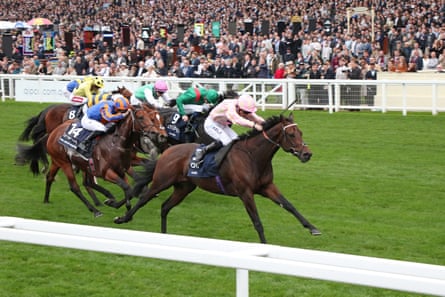
In the five years between 2015 and 2019, for instance – that is, the five years before the Covid pandemic – runners with a starting price of 100-1 or bigger won an average of 5.5 races per year, with a mean strike rate of 0.164%. From 2020 to 2024, it was 20 races per year, and a strike rate of 0.242%. Everyone noticed the shock winner at Ascot on Saturday, but a jump in the number of 100-1+ upsets that actually dates back to 2020 has largely passed people by.
These are still, of course, tiny numbers in the context of a racing schedule with around 10,000 races annually. The average punter, after all, operates at the other end of the market, and will be sufficiently bruised by unexpected results from one week to the next to take an extra eight or 10 complete “skinners” for the bookies on the chin.
Greg Wood's Tuesday racing tips
ShowPerth 1.15 Centurion’s Sister 1.50 Keep Tabs On You 2.25 Nathan Wells 3.00 Tripoli Flyer 3.35 Heaven Smart 4.10 Kap Boy 4.40 Mountain Molly 5.15 Artic Mann
Exeter 1.40 Oakley 2.15 Guillaume 2.50 Ballintubber Boy 3.25 Voodoo Angel 4.00 Cinnodin 4.30 Hillsin 5.05 Maxios Aurelius
Yarmouth 2.00 Overbudget 2.35 Fractional 3.10 Pietro 3.45 Fletcher’s Flight (nb) 4.20 Likealot 4.55 Hinchinbrooke 5.30 State Of Madness
Newcastle 4.50 Maxi King 5.25 Moonlight Warrior 6.00 Light The Night Up 6.30 Masterclass 7.00 Terrapin (nap) 7.30 Rambuso Creek 8.00 Bellagio Man 8.30 Carolus Magnus
That does not mean that a slight uptick in shock results is not without some relevance, particularly in the retail (high-street betting shop) market where a surprising number of bets are still settled at starting price. What happened in 2020? Covid happened, of course, and that led to an important change to the system for compiling starting prices.
Until the pandemic forced racing behind closed doors, the starting prices had always been compiled using a survey of the price about each runner on the on-course bookies’ boards shortly before the off. With no racegoers and no on-course bookies, the system switched to a survey of off-course prices instead.
There were on-track bookies who warned at the time that this switch could lead to the starting prices of fancied runners – the ones that punters are backing – being “shaved”, with any increase in the overall profit margin in the book being obscured by bigger prices about outsiders. Horses that might have been 50-1 in 2019, in other words, are now going off at 100-1 or 150-1, while 6-5 favourites are returned at 11-10.
Their prediction, it seems, has come to pass. Five years on from the switch to “industry” starting prices, the rolling five-year average return from backing favourites has jumped from -6.6% in 2019 to -8.8% in 2025. Being beaten by a 100-1 shot is one thing, but starting price punters are also paying a price on the day-to-day favourites.
.png)
 21 hours ago
10
21 hours ago
10











